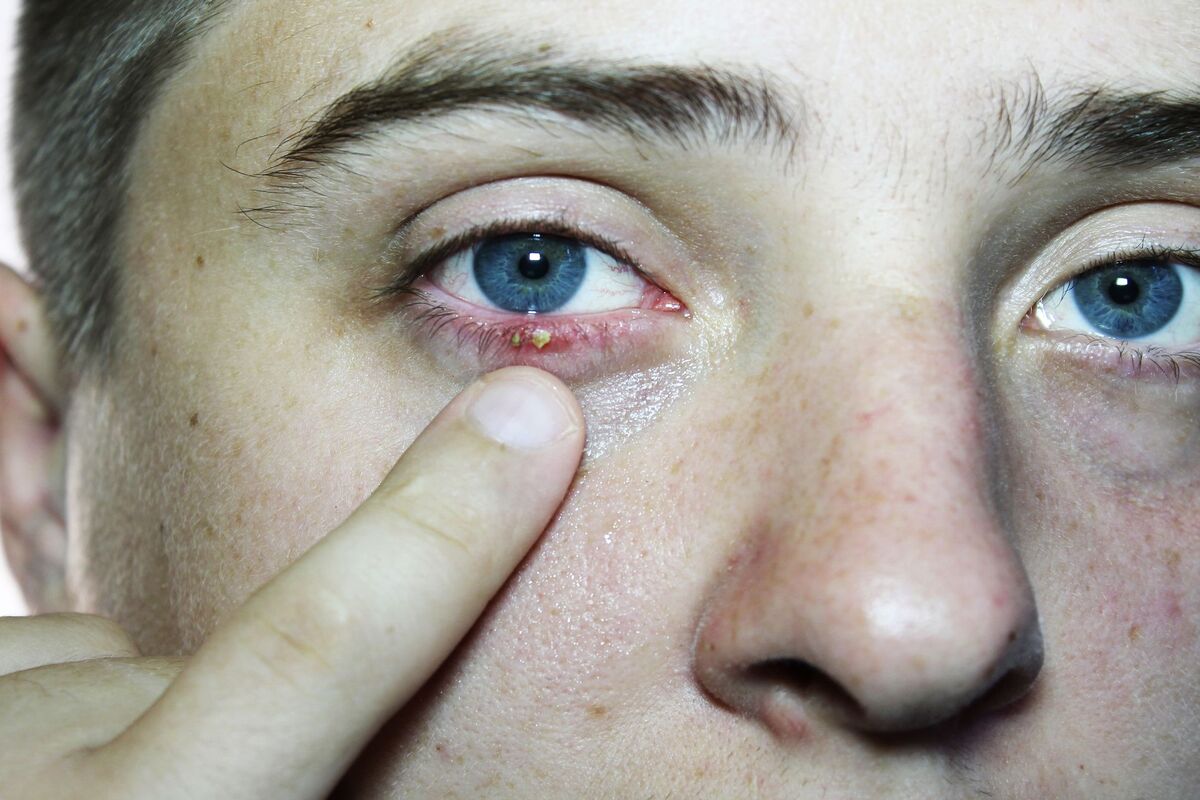In the early 1900s, Swedish physician Henrik Sjögren (SHOW-gren) first described a group of women whose chronic arthritis was accompanied by dry eyes and a dry mouth. Every year on the 23rd of July, on the birthday of Sir Henrik Sjögren, it is celebrated as Sjögren syndrome awareness day.
Primary Sjogren syndrome is a systemic autoimmune disorder most commonly presenting with sicca symptoms. It is far from a rare disorder, with an incidence approaching approximately one-half of that of rheumatoid arthritis (RA) or affecting 0.5 per cent to 1.0 per cent of the population. As per the western data, between 4,00,000 and 3.1 million adults have Sjögren‘s syndrome. However, in the Indian context, it is thought to be one of the most common autoimmune rheumatic diseases and is highly underdiagnosed. This condition can affect people of any age, but symptoms usually appear between the ages of 45 and 55. About half of patients also have rheumatoid arthritis or other connective tissue diseases, such as lupus.
Advertisement
In India, the prevalence of primary Sjogren‘s syndrome is estimated to be around 0.1–0.6 per cent of the adult population. This data reflects a prevalence rate of approximately 60.82 cases per 1,00,000 individuals. The disease primarily affects women, with a female-to-male ratio of about 9:1.
Sjogren has been reported worldwide in adults and more rarely in children, and there appears to be no racial or geographic bias in the incidence. The disorder, however, has a marked predilection for women, and similar to SLE, the female-male ratio is approximately 9:1. The disease usually presents in middle age but may occur in children as well as the elderly.
Major symptoms are related to sicca, which refers to dryness most often involving the eyes and mouth due to inflammation and the resultant pathology of the lacrimal and salivary glands. Up to one-half of affected individuals also develop extra-glandular involvement, implying the occurrence of signs and symptoms in organs distinct from the salivary and lacrimal glands, including the joints, skin, lungs, gastrointestinal (GI) tract, nervous system, and kidneys. Sjogren syndrome frequently occurs in conjunction with other autoimmune disorders; authors will refer to it as secondary Sjogren or Sjogren-overlap syndrome, including rheumatoid arthritis (RA) and systemic lupus erythematosus (SLE). In this setting, authors will refer to it as secondary Sjogren or Sjogren-overlap syndrome. Therapies are directed towards replacing moisture at affected glandular sites and suppressing the autoimmune response locally as well as systemically.
The writer is academic director, Asian Institute of Immunology and Rheumatology











